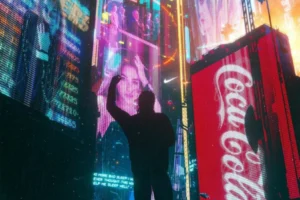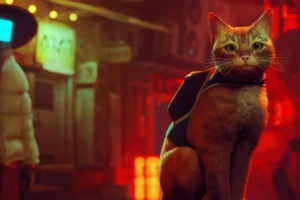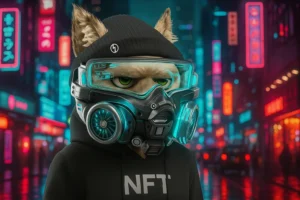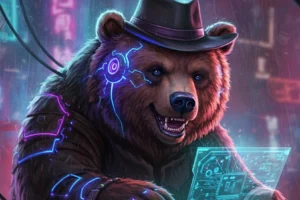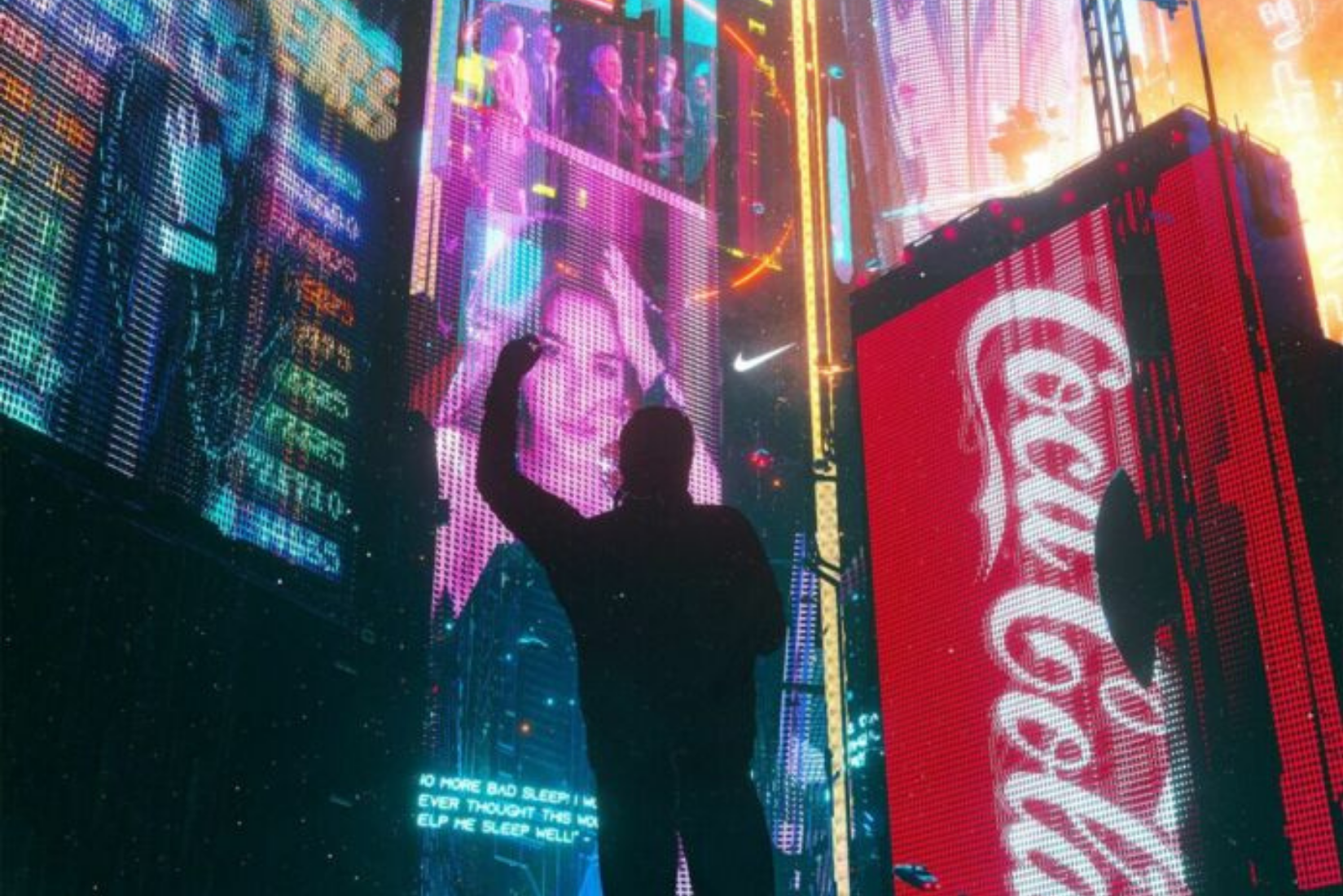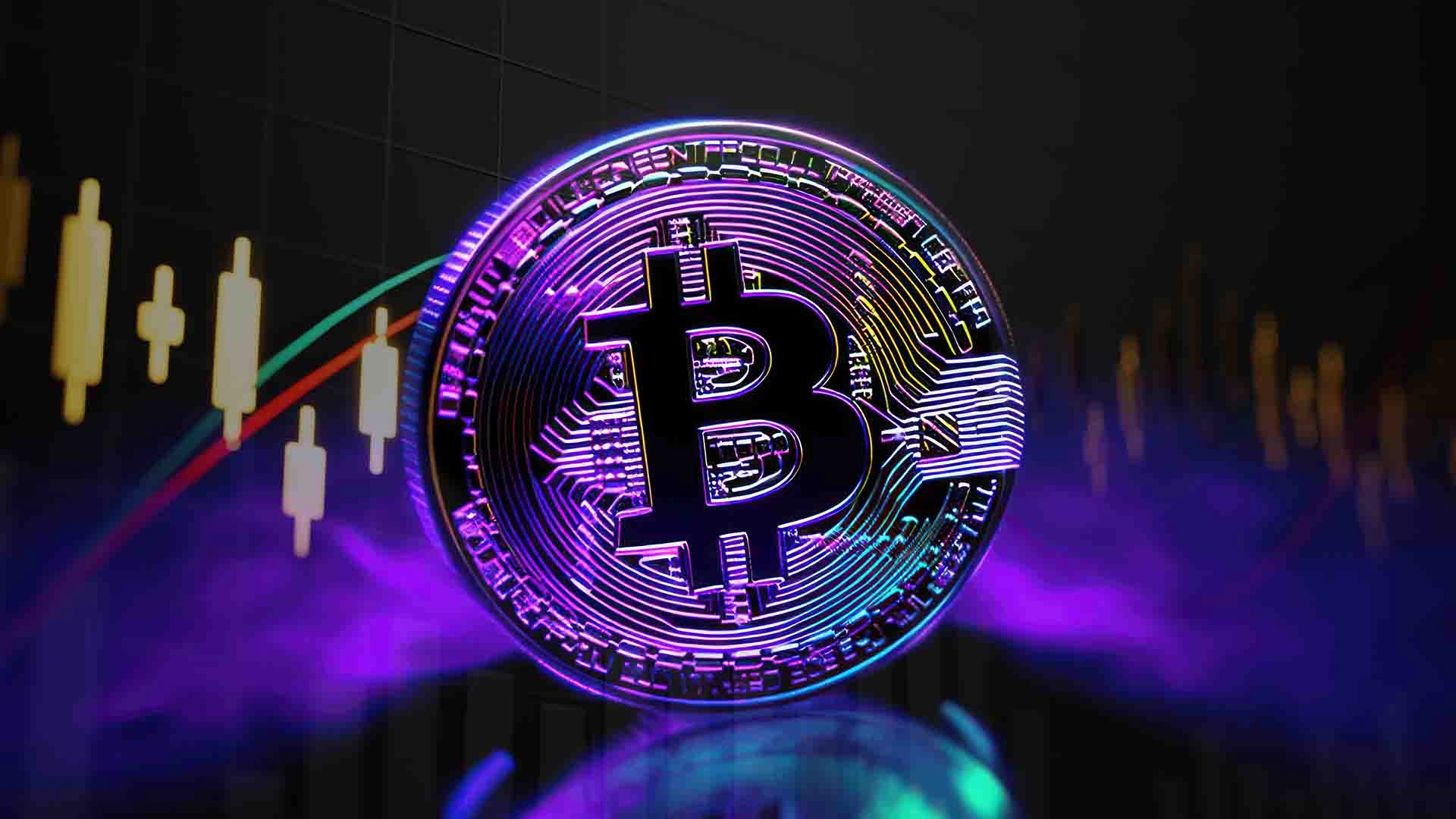You’ve probably heard the term “Web3” tossed around—sometimes with excitement, sometimes with skepticism. But let’s put the hype aside and explore a different angle. What if Web3 actually became the everyday internet we all used?
Here’s a look at what that world might look like—through the lens of possibility, promise, and potential pitfalls.
What if You Owned Your Data?
In a fully Web3-powered internet, logging in wouldn’t require a username and password. Instead, you’d use a crypto wallet. Your identity would be entirely in your hands. Your browsing data, activity history, and digital footprint wouldn’t belong to big tech companies anymore.
That sounds empowering. But what happens when there’s no one to recover your access? Forget a private key, and you might lose it all.
Upside: Greater personal control and digital privacy
Downside: High risk, zero recovery if something goes wrong
What if Creators Got Paid Directly?


Imagine a social internet where creators don’t have to chase ad revenue, work around algorithms, or rely on platforms like YouTube or TikTok. In Web3, artists could mint NFTs, authors could publish tokenized essays, and fans could support them directly using cryptocurrency.
It could be a creative renaissance—but also an environment ripe for exploitation and oversaturation.
Upside: A new era of ownership and direct income
Downside: Lack of moderation, inconsistent quality, and scams
What if Traditional Banks Became Irrelevant?


Decentralized finance, or DeFi, could bypass banks altogether. Loans, insurance, savings—all done through blockchain protocols with smart contracts. No credit checks, no bank fees, no physical branches.
This could open up access for people excluded from formal banking. But it also introduces new risks, like faulty code, fraud, and zero consumer protection.
Upside: Financial services become globally accessible
Downside: No safety nets, no customer service, and no regulation
What if Governance Was in the Hands of Users?


Web3 introduces DAOs—Decentralized Autonomous Organizations—where decisions are made collectively by token holders. Rules are coded into smart contracts, and users vote on major changes.
This could be the future of democratic platforms, where communities set their own policies. But in reality, wealthier users could end up with more votes, reinforcing power imbalances.
Upside: User-led, transparent governance models
Downside: Power could still concentrate in the hands of a few
What if Web3 Crashed and Burned?

Of course, not every what-if ends in success. The complexity of Web3, combined with scams, volatile tokens, and poor user experience, could mean it fails to gain mainstream traction. Regulatory hurdles could further slow adoption.
What we end up with might be a hybrid: some Web3 concepts embedded into Web2 platforms, without a full decentralization shift.
Upside: Gradual evolution that’s easier to adopt
Downside: Vision diluted, innovation stalled by compromise
Final What-If: Is Web3 the Future of the Internet?
What if Web3 is simply the next iteration in a long line of digital revolutions? Or what if it’s a mirage—an overpromised and underdelivered tech dream?
Realistically, the answer lies somewhere in between. Like past innovations, Web3 could transform the internet in ways we don’t fully understand yet. It won’t be perfect, but it might still be powerful.
The only real question is this: will we be ready when the next phase of the internet arrives?
Relevant News: HERE


